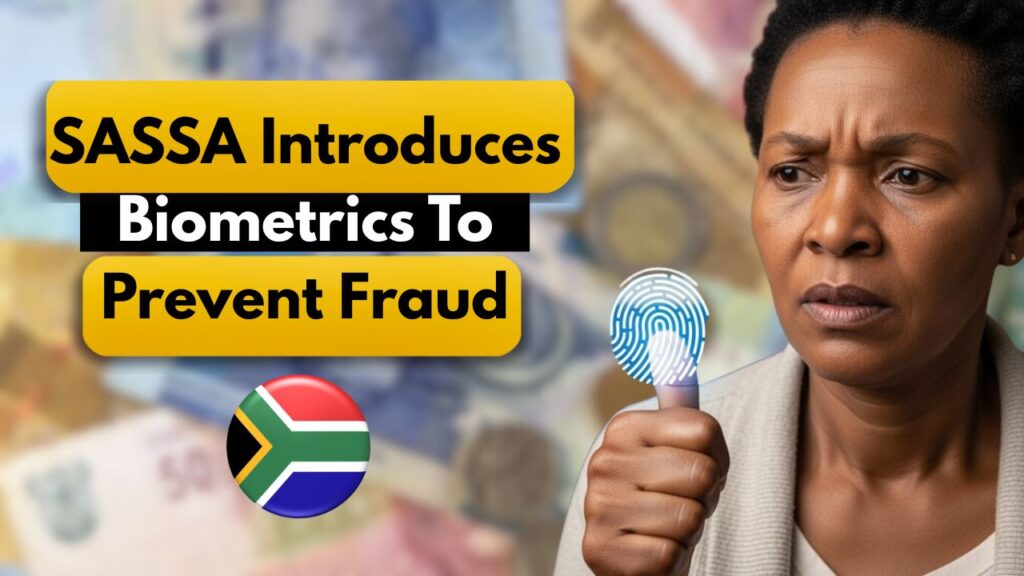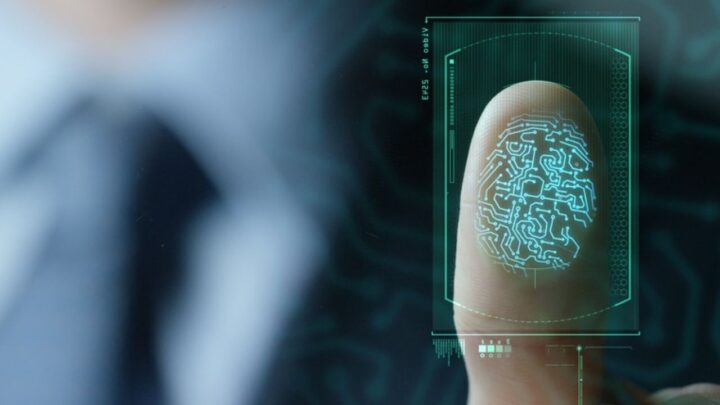Starting 25 October 2025, the South African Social Security Agency (SASSA) is rolling out a new biometric verification system aimed at reducing fraudulent activities within the social grant system. Beneficiaries and new applicants will now be required to have their fingerprints captured and facial scans recorded to verify their identity. This move is part of SASSA’s effort to improve security, prevent identity theft, and ensure that social grants reach the rightful recipients. Let’s look at what this new process means for applicants and how it will impact future payments.

What the new SASSA biometric system means for beneficiaries
The newly introduced biometric verification system by SASSA will ensure that every grant beneficiary is uniquely identified, eliminating duplicate or fake accounts. From 25 October, all applicants—both new and existing—will be asked to visit their nearest SASSA office or designated center for fingerprint and facial recognition capture. This process aims to make the payment system more secure and transparent. For rural beneficiaries, mobile teams will be deployed to collect biometrics, ensuring everyone gets access. This update supports SASSA’s goal of enhancing the reliability and safety of its social grant program.
Why SASSA is introducing biometric verification
Over the past few years, SASSA has been dealing with several cases of grant payment fraud, where fake identities and duplicate accounts led to major financial losses. With the biometric system in place, each applicant’s unique features—like their fingerprints and facial scan—will serve as proof of identity, making it almost impossible for fraudsters to manipulate the system. This move will also reduce delays in the grant verification process and strengthen trust in SASSA’s payment mechanism. The agency believes that biometrics will modernize and protect the overall welfare distribution process.

How beneficiaries can complete the biometric registration
All SASSA applicants and current beneficiaries must visit an authorized SASSA branch or mobile registration unit to complete their biometric enrollment. The process includes fingerprint scanning, facial recognition, and photo verification. Applicants should bring their valid ID document and grant reference number. The process takes only a few minutes, and once completed, it will automatically link the applicant’s profile to their grant account. Those who fail to register biometrics by the deadline may experience delays in their future grant disbursements.
| Category | Requirement | Deadline | Where to Register |
|---|---|---|---|
| New Applicants | Fingerprint & Face Scan | From 25 October 2025 | Nearest SASSA Office |
| Existing Beneficiaries | Biometric Verification Update | Before 30 November 2025 | Mobile or Regional Centres |
| Senior Citizens | Assisted Enrollment Available | Ongoing | Local Pay Points |
| Disability Grant Holders | Medical & ID Verification | Before Payment Renewal | SASSA Office or Clinic |
Impact of biometrics on future SASSA payments
Once the biometric registration process is completed, SASSA will use the data to authenticate beneficiaries during each payment cycle. This means that when collecting funds or updating details, recipients’ fingerprints or face scans will confirm their identity. It’s expected to reduce system errors, prevent misuse, and ensure faster payments. Beneficiaries will no longer need multiple verification documents, as the biometric record will act as their secure proof. The agency has assured that all data will be stored safely under national privacy regulations to protect applicants’ information.
When does SASSA start biometric registration?
The new biometric system starts nationwide on 25 October 2025.
Who must register biometrics with SASSA?
All new and existing SASSA beneficiaries are required to complete biometric registration.
Will failing to register affect payments?
Yes, missing biometric registration could delay or pause grant disbursements.
Is biometric data safe with SASSA?
Yes, SASSA confirms all biometric data will be securely stored and protected under privacy laws.






